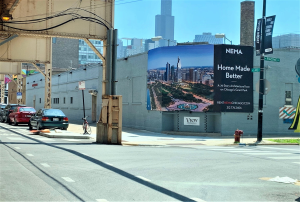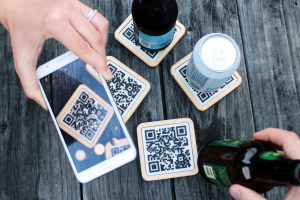
Restaurant Ads in Magazines: Speak to Niche Lifestyles
Restaurant Ads in Magazines: The Power of Niche Publications In today’s media-saturated environment, broad marketing messages often fall flat. To truly stand out, restaurants must speak directly to the needs and values of targeted audiences. One surprisingly effective strategy? Placing





